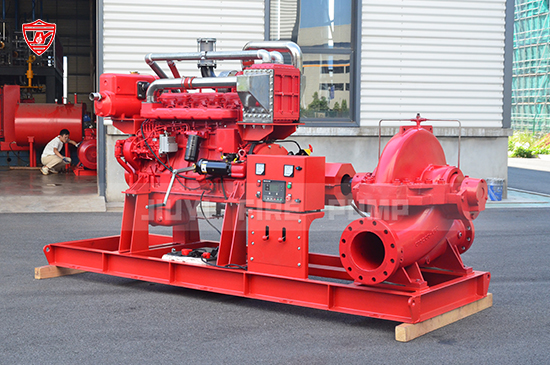In fire safety systems, reliability is everything. A fire pump is the heart of any fire protection system, designed to ensure adequate water pressure and flow during emergencies. But what if corrosion silently compromises this critical equipment? Fire pump corrosion is a real threat—and protecting against it is not optional; it's essential.

Corrosion occurs when metal reacts with oxygen, water, or chemicals in the environment. Common causes include:
Exposure to moisture in pump rooms or outdoor installations
Electrochemical reactions from dissimilar metals
Poor water quality, including high chlorides or acidity
Improper maintenance or lack of coatings
Over time, these factors degrade internal components like impellers, casings, and fittings—leading to performance loss or complete failure.
Unchecked corrosion can lead to:
Reduced water flow or pressure during emergencies
Pump seizure or mechanical failure
Higher maintenance and repair costs
Voided certifications (e.g., UL or NFPA non-compliance)
Legal and insurance liabilities in the event of system failure
Manufacturers and facility managers must implement corrosion protection strategies, such as:
High-quality corrosion-resistant materials (e.g., stainless steel or bronze components)
Protective coatings on pump internals and exteriors
Regular maintenance and inspection schedules
Cathodic protection systems in highly corrosive environments
Water treatment to reduce corrosive agents in the system
NFPA 20 outlines maintenance and protection standards for fire pumps. Compliance not only ensures safety but also enhances the longevity of your fire pump system. Investing in corrosion protection aligns with both best practices and legal requirements.
Corrosion may be invisible—but its impact on fire safety is massive. Fire pump corrosion protection is not just about preserving equipment—it’s about preserving lives and property. Whether you're designing, installing, or maintaining fire protection systems, proactive corrosion control is a must.